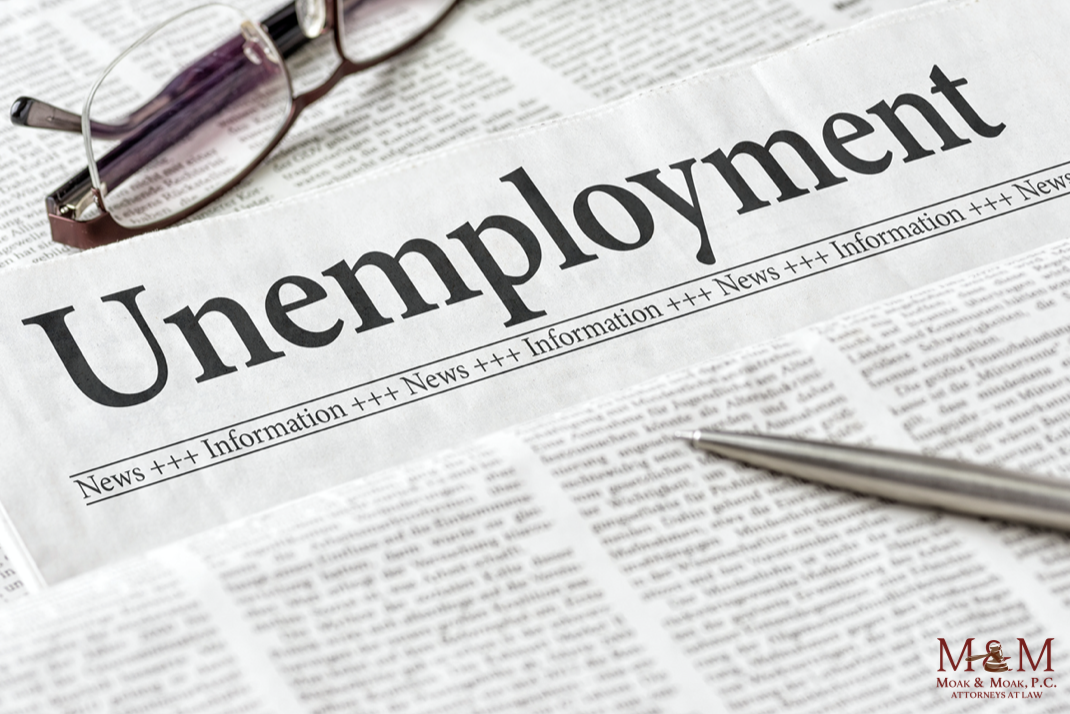The information in this column is not intended as legal advice but to provide a general understanding of the law. Any readers with a legal problem, including those whose questions are addressed here, should consult an attorney for advice on their particular circumstances.
While telecommuting has been around awhile now, we live in a whole new world thanks to Covid19. Many folks are working from home until they can return to work. Of course, some speculate working from home is the new normal. Today’s column relates to the telecommuter and their rights should they be terminated.
Maxine worked in New York for a financial information services provider. When she moved to Florida, her employer agreed to allow her to telecommute. Maxine was responsible for the same tasks that she had handled in New York, only now from her laptop in Florida she logged onto her employer’s mainframe computer each workday.
Two years into the telecommuting arrangement, Maxine’s company decided to end it. When she turned down an offer to return to New York, Maxine was without a job. She was denied unemployment benefits in Florida following a ruling that she had voluntarily quit her job without good cause. However, the Florida agency advised Maxine that she might be eligible to receive unemployment benefits in New York.
In what may be the first court decision of its kind on interstate telecommuters, New York’s highest court also ruled that Maxine was ineligible for benefits, but for a different reason. Under New York law, a threshold requirement for eligibility is that the employee’s entire service for the employer, except for incidental work, must be “localized” in New York. Maxine argued unsuccessfully that her services were localized in New York, at her employer’s mainframe computer, notwithstanding that she initiated this service on her laptop in Florida. The court ruled instead that the physical presence of the employee determines in which state a telecommuter is located. For work done while she was located in Florida, Maxine was not eligible for unemployment compensation in New York.
When the new economy met the old unemployment insurance system in Maxine’s case, the court stayed with principles that predate the age of computers. The outcome was dictated by two rules that are uniformly recognized: All of an individual’s employment should be allocated to one state, which should be solely responsible for paying benefits; and that state should be the one in which it is most likely that the individual will become unemployed and seek work.
Unemployment has the greatest economic impact on the community in which the unemployed individual resides, and benefits generally are linked to that area’s cost of living. Legislators and judges from previous generations could not have foreseen today’s world of interstate telecommuting and the pandemic, but the rules they created are still valid. For better or worse, Maxine was tied to Florida, where she was physically present, and she could not look to New York for unemployment benefits.
You may be like me and know someone in a similar situation as Maxine. As we venture further down the pandemic road, these types of employment situations will become more common. However, if you or someone you know is telecommuting, they should consult any attorney about their risks. While our laws will change and catch up it is prudent to consult an attorney to find out where you stand now.
Sam A. Moak is an attorney with the Huntsville law firm of Moak & Moak, P.C. He is licensed to practice in all fields of law by the Supreme Court of Texas, is a Member of the State Bar College, and is a member of the Real Estate, Probate and Trust Law Section of the State Bar of Texas. www.moakandmoak.com

